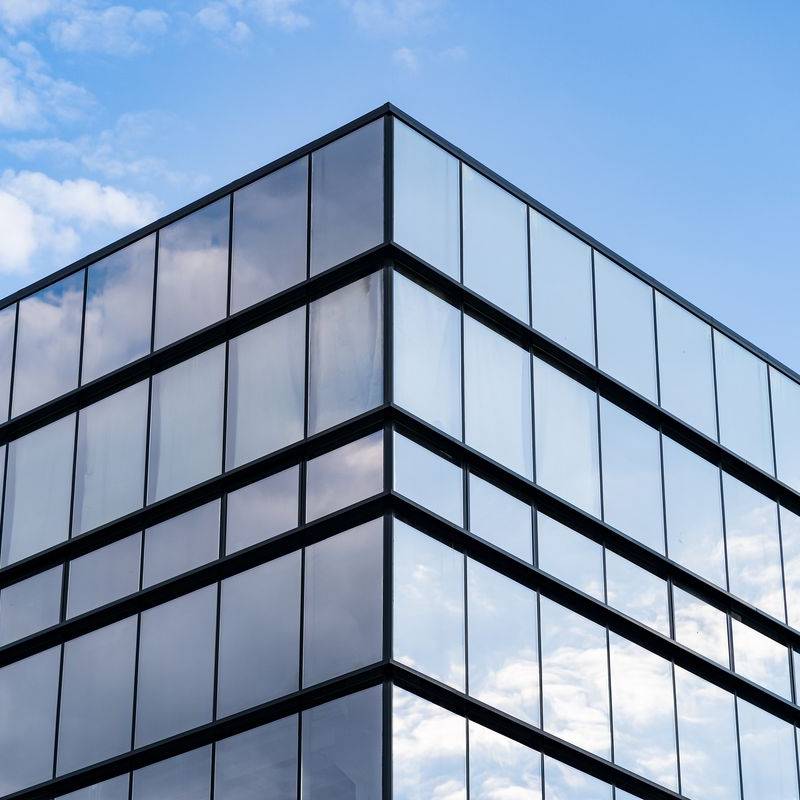

Understanding Low Emissivity Glass A Modern Solution for Energy Efficiency
In the world of architecture and construction, the materials used significantly impact energy consumption and sustainability. One such material that has gained prominence in recent years is low emissivity (low-e) glass. This specialized glazing technology is revolutionizing how buildings manage heat and light, leading to an increase in energy efficiency and comfort for occupants. This article explores the properties, benefits, and applications of low-e glass in modern construction.
What is Low Emissivity Glass?
Low emissivity glass is designed to reduce the amount of infrared and ultraviolet light that can pass through it without compromising the amount of visible light that enters. The key to its function lies in a thin, transparent coating applied to the glass surface. This coating contains metallic or metal oxide layers that reflect heat while allowing natural light to penetrate. As a result, low-e glass minimizes heat transfer between the interior and exterior of a building, making it an excellent option for both residential and commercial properties.
Types of Low-E Glass
There are primarily two types of low-e glass hard coat and soft coat. Hard coat low-e glass is typically produced during the glass manufacturing process, wherein a layer of metallic oxide is fused to the surface. This type is more robust and can be used in single-pane applications, but it has slightly lower thermal performance compared to soft coat low-e glass.
Soft coat low-e glass, on the other hand, is made by applying the low-e coating to the glass after the manufacturing process. This type offers superior energy performance due to its ability to reflect a higher percentage of radiant heat. It’s usually used in double- or triple-glazed windows, enhancing insulation properties significantly.
Benefits of Low-E Glass
The advantages of low-e glass are manifold

1. Energy Efficiency By minimizing heat transfer, low-e glass ensures that buildings remain warmer in winter and cooler in summer, reducing the need for heating and cooling systems. This energy efficiency translates into lower utility bills and a reduced carbon footprint.
2. UV Protection Low-e glass blocks a significant percentage of harmful ultraviolet rays, protecting furniture, flooring, and artwork from fading. This added benefit can extend the lifespan of interior decor and materials.
3. Enhancing Comfort The thermal control offered by low-e glass contributes to a more comfortable indoor environment. It reduces drafts and eliminates cold spots near windows, leading to a more uniform temperature throughout the space.
4. Noise Reduction In addition to thermal benefits, low-e glass often comes as part of insulated glazing systems, which also provide sound insulation. This feature is particularly valuable in urban areas, where noise pollution can be a concern.
5. Design Flexibility Low-e glass can be manufactured in various styles and configurations, enabling architects and designers to create aesthetically pleasing buildings without sacrificing energy efficiency. Applying low-e coatings to large windows can create visual continuity while offering performance benefits.
Applications of Low-E Glass
Low-e glass is versatile and can be used in numerous applications. Residential buildings often feature low-e glass in windows and sliding doors, creating a comfortable living environment. In commercial construction, it is increasingly common in office buildings, retail spaces, and public structures where energy efficiency is vital for operational costs. Additionally, low-e glass is an excellent choice for green building projects, as it aligns with sustainability objectives and certifications such as LEED (Leadership in Energy and Environmental Design).
Conclusion
As energy efficiency and sustainable building practices become more paramount in the construction industry, low-emissivity glass emerges as a fundamental material for improving the ecological footprint of buildings. By reflecting heat while allowing natural light to illuminate spaces, low-e glass provides an effective solution for achieving comfort and sustainability. Whether in modern residential homes or innovative commercial buildings, the integration of low-e glass is a step towards a more energy-efficient future, encapsulating both technological advancement and environmental responsibility. As awareness grows and technology advances, low-e glass will undoubtedly play a critical role in the evolution of building design and construction.